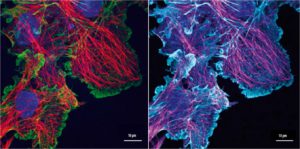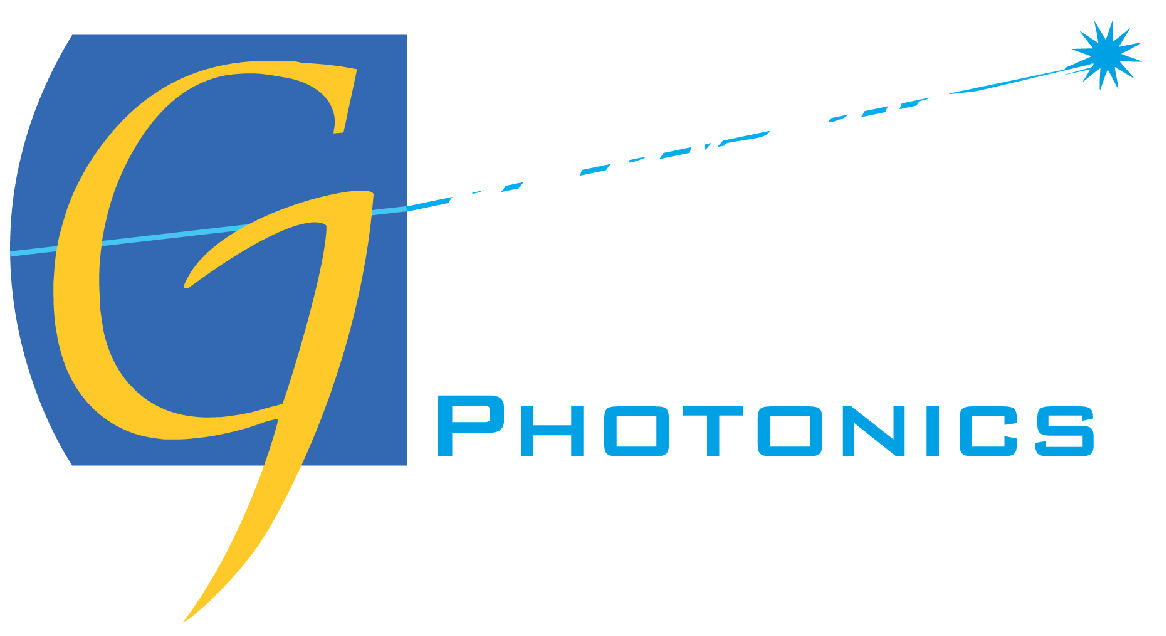Simplifying multicolor biomedical imaging in compact instrumentation – the Cobolt Skyra is simplifying life science experiments and instruments
 Skyra for fluorescence microscopy. Fluorescence microscopy instrumentation relies on illumination sources to excite fluorophores. Common illumination sources are LEDs, super-continuum white-light sources, or single-wavelength lasers. Lasers are primarily used for high-resolution and high-throughput imaging techniques, and each wavelength excites a different set of fluorophores. In order to efficiently excite multiple fluorophores, it is necessary to use many single-wavelength lasers in one instrument or experiment. This strengthens the content and quality of results. Along with the advantage of activating more fluorophores comes the challenge of integrating each of the individual wavelengths required.
Skyra for fluorescence microscopy. Fluorescence microscopy instrumentation relies on illumination sources to excite fluorophores. Common illumination sources are LEDs, super-continuum white-light sources, or single-wavelength lasers. Lasers are primarily used for high-resolution and high-throughput imaging techniques, and each wavelength excites a different set of fluorophores. In order to efficiently excite multiple fluorophores, it is necessary to use many single-wavelength lasers in one instrument or experiment. This strengthens the content and quality of results. Along with the advantage of activating more fluorophores comes the challenge of integrating each of the individual wavelengths required.
Typically, there is a need to use between two and eight different lasers. Often this is solved with a laser combiner which includes separate lasers and beam-combining optics. Unfortunately, this can be a large and bulky solution and difficult to keep aligned. In addition, fiber coupling often adds further complexity to the system. A simplified solution for integrating multiple laser wavelengths into a fluorescence microscope is to use a multiline laser solution. It is now possible to deliver up to four laser colors from one compact and permanently aligned laser package, with one beam output or stacked beams, and an option for direct fiber coupling. The introduction of multiline lasers to fluorescence instrumentation provides a reliable, easy-to-use, and service-free solution to the challenges of including all of the desired wavelengths with reliable, stable performance.
The Skyra is built using Cobolt’s proprietary HTCure™ manufacturing technology for ultimate robustness in a compact, hermetically sealed package. HTCure™ results in an ultra-stable, permanent alignment of optical elements, with very precise and stable overlap of the combined output beams. As a result, Cobolt lasers have proven to deliver unmatched reliability and performance both in the lab and industrial environments with demonstrated lifetime capability of >60 000 hours and several thousand units installed in the field.
Fluorescence imaging is a key technique in both biomedical research and clinical diagnosis. Fluorescence microscopes for high-resolution and high-throughput multifluorophore imaging typically rely on the use of several individual laser sources at different wavelengths within the same instrument. Traditionally, these lasers have been coupled into the microscopes through laser combiners which have added bulk, cost, and alignment
complexity. Multiline laser solutions are an attractive alternative to laser combiners to simplify fluorescence imaging instrumentation and, furthermore, aid in the process of commercialization for new, cutting-edge imaging systems for clinical use. Multiline lasers enable smaller and more cost-efficient instruments which are much easier to manufacture and maintain. This supports the strive for bringing more advanced laserbased
instrumentation into research and clinical settings for improved medical diagnostics and further development of new analytical techniques.
Please read the complete scientific presentation: WILEY LIBRARY
Author: Melissa Haahr is product manager for Cobolt’s lasers for life science applications. She joined the company in 2014 with knowledge in analytical instrumentation and spectroscopy techniques, as well as technical sales experience. Melissa holds a Master’s degree in physical chemistry from the University of Oregon, USA.

